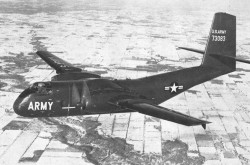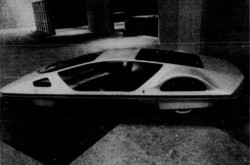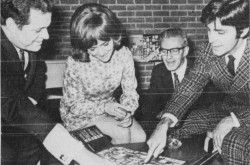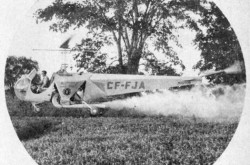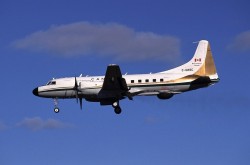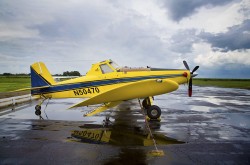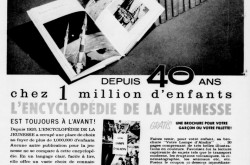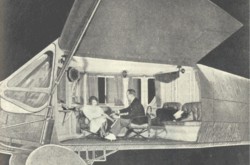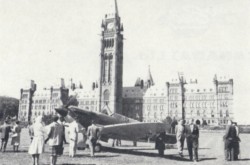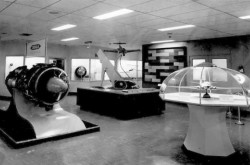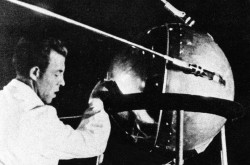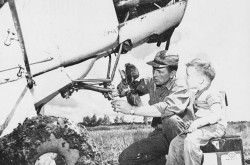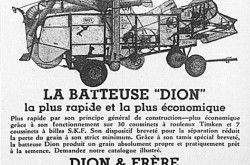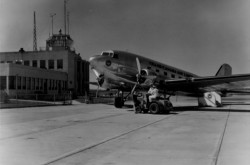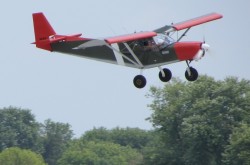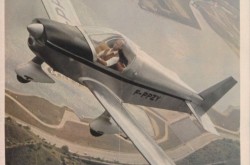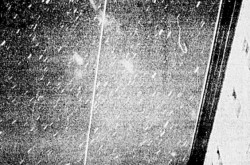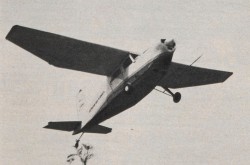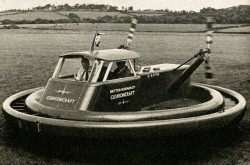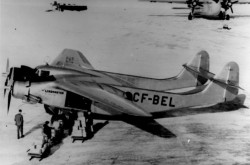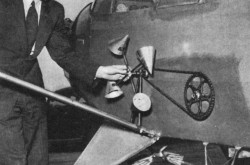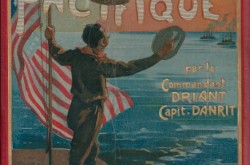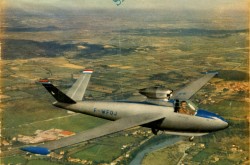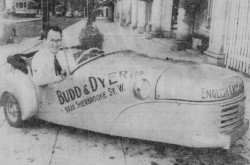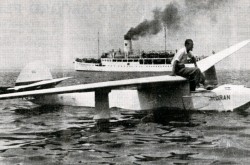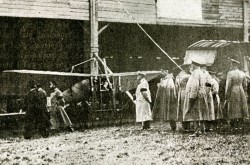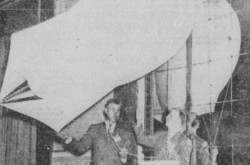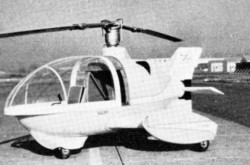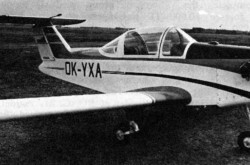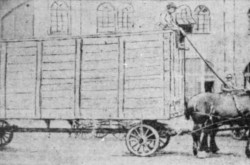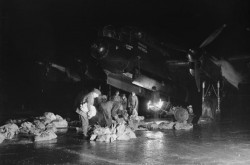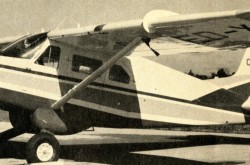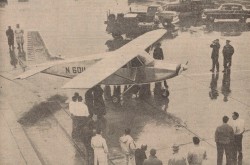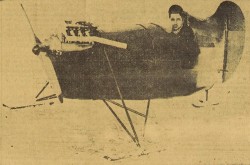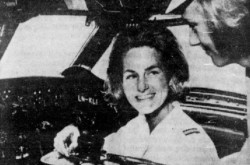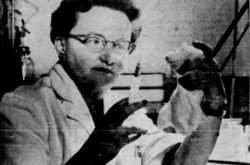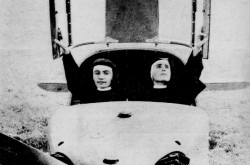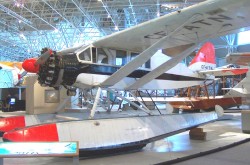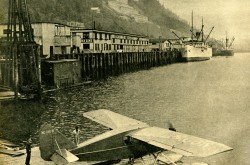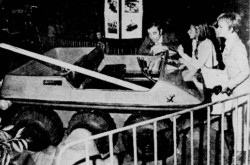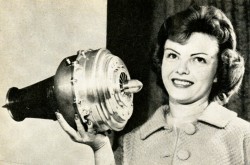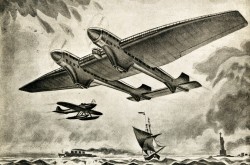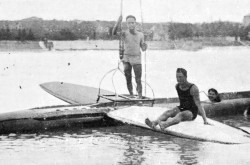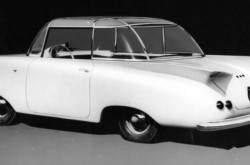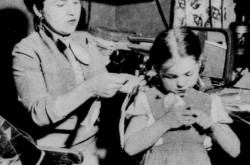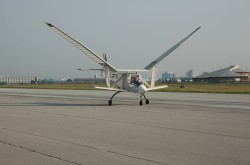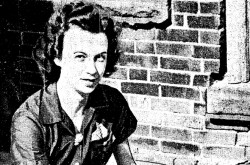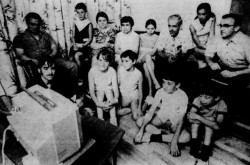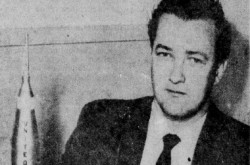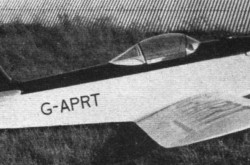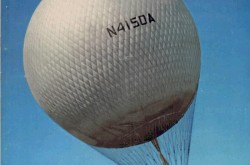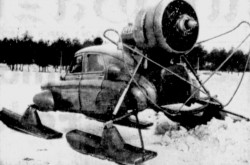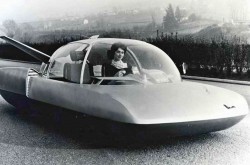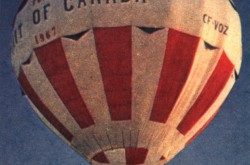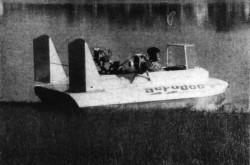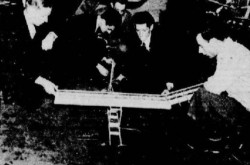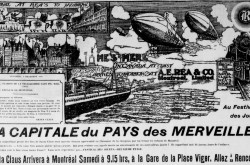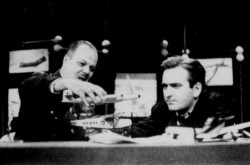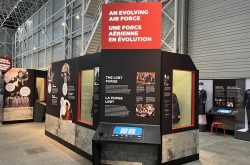Imagination is the highest kite one can fly: The life and times of a master of the wind, Domina Cléophas Jalbert, Part 2

Nǐ hǎo, my reader friend, good morning.
But what is a parafoil? You do remember how the first part of this article ended, now do you? Sigh. To make a long story short, a parafoil is a parachute whose fabric canopy, rectangular in most cases, has 2 surfaces connected by fabric partitions. The air which circulates between the surfaces and partitions of a parafoil in flight keeps it well inflated.
A parafoil can be packaged and deployed like a conventional parachute. Unlike such a parachute, however, it can glide under control over fairly long distances. For each metre, or foot, of altitude lost during descent, a typical parafoil can travel a horizontal distance of about 3 metres, or feet.
Anxious to perfect his invention, Domina Cléophas Jalbert visited John Dudley Nicolaides, a professor in the Department of Aerospace and Mechanical Engineering at the University of Notre Dame, the very institution where John Smith, one of the 2 professional assassins of the feature film Mr. and Mrs. Smith, a 2005 action film, earned a bachelor’s degree in art history.
As you well know, John Smith, Mr. and Mrs. Smith and the University of Notre Dame were mentioned in a February 2020 issue of our blog / bulletin / thingee.
Initially skeptical / incredulous at what many people called “flying (air) mattresses,” Nicolaides soon realised how revolutionary the parafoil was.
In fact, as early as 1965 perhaps, the United States Weather Bureau used at least one parafoil to collect data in the context of work on the interactions between the sea and the atmosphere carried out in the region of Miami, Florida. .
In 1967, the United States Army published 2 requests for all-weather (automatically or manually) radio controlled precision aerial delivery systems capable of delivering loads of up to 900 and 225 kilogrammes (2 000 and 500 pounds). The first tests of the 2 systems which used a parafoil took place in late April and early May 1968, but only one of them (the smaller?) had an autonomous landing capacity. These 2 systems being successful, they may have been produced in limited quantities.
These precision aerial delivery systems were in all likelihood the ancestors of the many precision aerial delivery systems designed and / or produced in series around the world since the 1980s.
This being said (typed?), Jalbert does not seem to have obtained a single penny from the firms involved in this primarily military type of production.
Among the many precision aerial delivery systems designed and / or produced in series around the world since the 1980s, one only need to think about the Sherpa, designed and produced by MMIST Incorporated (MMIST = Mist Mobility Integrated Systems Technology) of Ottawa, Ontario. This precision aerial delivery system was / is available in different sizes, capable of supporting loads ranging from 45 to 4 550 kilogrammes (100 to 10 000 pounds).
As is often the case with technologies destined for sensitive military uses, the Sherpa’s story began at an unfortunately undetermined date in the 1990s.
This being said (typed?), MMIST was the first firm to obtain a contract under the Joint Precision Airdrop System (JPADS) program of the United States Air Force and United States Army. In 2001, the United States Marine Corps (USMC) purchased 5 Sherpas for evaluation. The American armed forces apparently saw the Sherpa as a stopgap which would allow them to refine the JPADS’ concept.
In the spring of 2004, the USMC decided to test the Sherpa in a combat environment. The version chosen, perhaps the largest available, could support a load of nearly 550 kilogrammes (1 200 pounds) – about 45% less than a typical parachute load. The USMC accepted this limitation because it wanted and / or had to test a precision aerial delivery system which really worked as quickly as possible. Two Sherpas were therefore shipped to Iraq. Their first operational use took place in August 2004. It was the very first use of a satellite positioning system-guided precision aerial delivery system in a combat environment. The Sherpa proved to be very effective. Twenty others were quickly acquired. At least 10 went to Iraq. It is possible that the American armed forces signed additional contracts with MMIST later on.
Around March 2007, MMIST participated in tests taking place at the air weapons range located within Canadian Forces Base Cold Lake, Alberta. At that time, the Canadian Forces were seriously considering the possibility of acquiring a Canadian Joint Precision Aerial Delivery Standoff System capable of supporting a load of up to 1 000 kilogrammes (2 200 pounds), presumably for use in Afghanistan. It is in fact possible that some Sherpas were used in this country by Canadian special forces units.
Over the years, MMIST has sold its Sherpa to the armed forces of more than 25 countries in America, Asia and Europe. This Canadian precision aerial delivery system also had / has a number of civilian uses. The Sherpa was / is one of the most widely used precision aerial delivery systems in the world.
If yours truly may be permitted a comment, the acquisition of a Sherpa (a prototype perhaps?) by the aforementioned Canada Aviation and Space Museum, in Ottawa, Ontario, deserves to be considered, but I digress – and I risk drawing the wrath of colleagues.
Knowing very well that many children liked / like to fly kites, Jalbert marketed the Kytfoil by the end of winter 1970-71 at the latest. Yours truly thinks that it was a parafoil.
With your permission, I will mention in passing that Jalbert helped a team from Edmonds Community College in Seattle, Washington, which, in October 1980, raised a ginormous parafoil to an altitude of about 90 metres (300 feet). Said parafoil then became the largest kite in the world capable of flying – and it was really very large (about 15.8 x 21.3 metres and about 180 kilogrammes / about 52 x 70 feet and about 400 pounds). Would you believe that the anchor of this colossus was a truck which carried about 20 400 kilogrammes (about 45 000 pounds) of gravel?
In 1986, the Parachute Industry Association, an international organisation based in the United States, awarded an award to Jalbert for inventing the parafoil.
That same year, Jalbert developed an improved version of the spinnaker, a type of sail used by all racing sailboats. Nicknamed Dolly in honor of Dolly Rebecca Parton, a well-known American actress / composer / producer / singer / writer with a, let’s say, ample bust, said spinnaker came, it was said (typed?), within a hair’s breadth of being used by the crew of the American sailboat Stars and Stripes in the 1987 edition of the America’s Cup, the most important sailboat competition in the world. Yours truly feels that this spinnaker was not commercially successful.
Another spinnaker put to the test in late 1972, early 1973, the Super-Chute, did not seem to be more successful.
In 1988, Jalbert sold the rights to use his name in conjunction with parafoils to the world’s largest kite manufacturer, the American firm Gayla Industries Incorporated.
That same year, Jalbert heard about flying with parafoils, a sport known as paragliding, through European journalists who visited him and paid him respect. Realising the growing popularity of this new sport, he was simply delighted.
Jalbert died in June 1991 in the United States at the age of 86.
Without him, skydiving would not be what it is today, in 2020. Sports such as paragliding or paramotoring would not exist and no one could have fun landboarding or kitesurfing.
Would you believe that for almost 20 years at least, engineers have been working on auxiliary propulsion systems for ships that use parafoils?
In 2001, the National Aeronautics and Space Administration used the world’s largest parafoil (about 700 square metres / about 7 500 square feet) to land an X-38, a 4:5 scale model of a Crew Rescue Vehicle (CRV) intended to be permanently moored on the International Space Station, a space habitat mentioned several times in our blog / bulletin / thingee since July 2018. Budgetary cuts led to the abandonment of the CRV in April 2002 before a prototype could be completed.
The X-38 appeared to be designed by a group of organisations known as NASA / DLR / ESA-Dassault Aviation Integrated Aerodynamic and Aerothermodynamic Activities.
The acronyms DLR and ESA represent(ed) 2 government agencies, the Deutsches Zentrum für Luft- und Raumfahrt, or German centre for aeronautics and astronautics, and the European Space Agency. Dassault Aviation Société anonyme, finally, was / is a well-known French aircraft manufacturer.
Before I forget it, the few X-38s produced left the workshops of Scaled Composites Limited Liability Company, a firm mentioned in another May 2020 issue of our you know what.
In September 2019, the Fédération aéronautique internationale, the Lausanne, Switzerland-based governing body for all manners of aeronautical records mentioned many times in our you sadly know what since January 2018, awarded its Médaille d’or de l’Air to Jalbert, posthumously, for the invention of the parafoil.
And no, my reading friend, the sentence at the beginning of the title of this article is not a quote from Jalbert. It was one of the great stars of American cinema who pronounced it, more specifically Lauren Bacall, born Betty Joan Perske.
Take care of yourself, my reading friend.

More Stories by


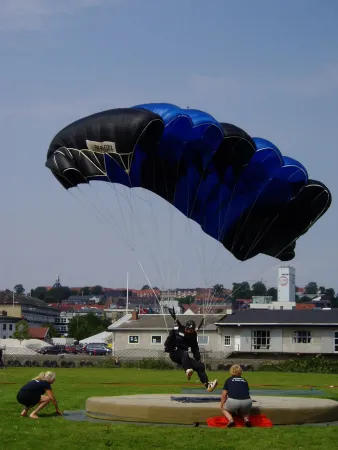

































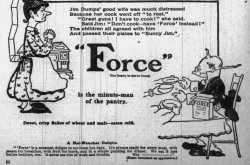

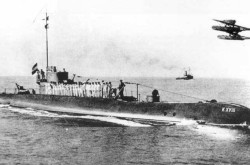
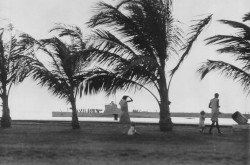
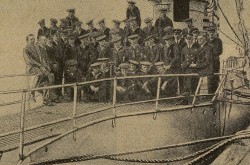
![A block of photographs showing some of the people involved in the bombing of beluga whales in the estuary and gulf of the St. Lawrence River. Anon., “La chasse aux marsouins [sic]. » Le Devoir, 15 August 1929, 6.](/sites/default/files/styles/thumbnail_7/public/2024-09/Le%20Devoir%2015%20aout%201929%20page%206.jpg?h=584f1d27&itok=TppdLItg)
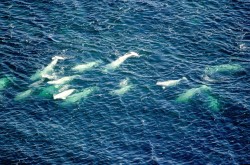
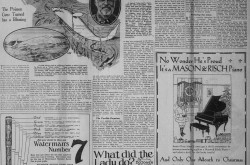
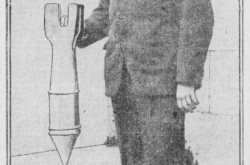
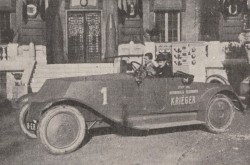

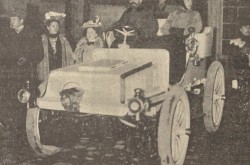
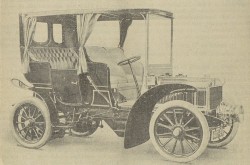


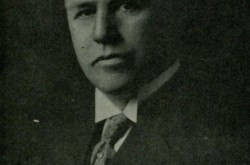
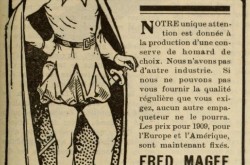


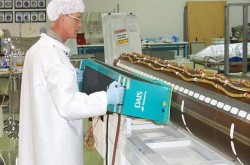
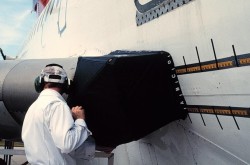
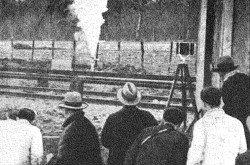
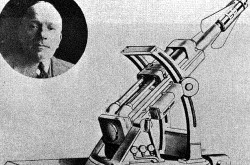


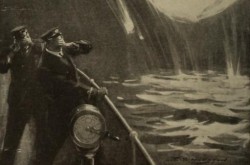
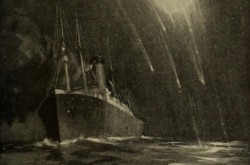

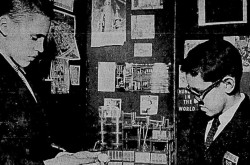
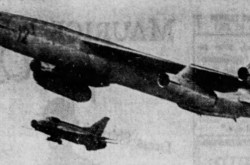
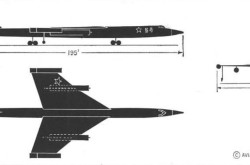
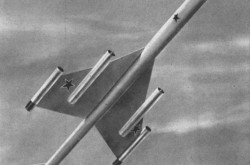
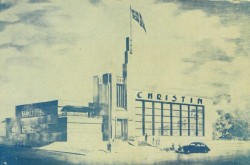


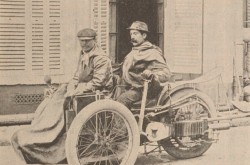



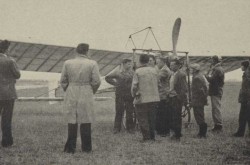
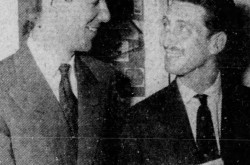


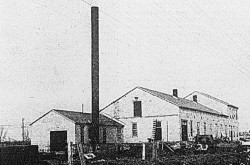
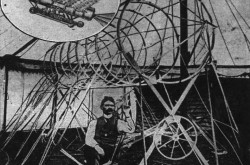
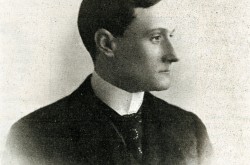
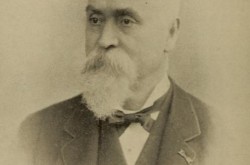
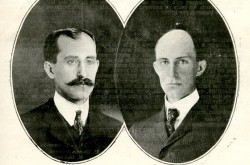
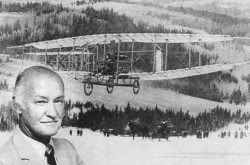
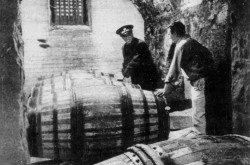
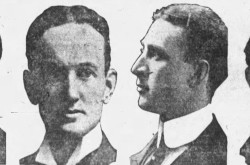
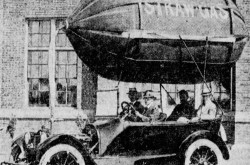
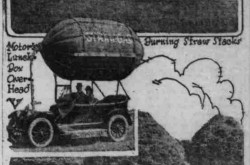


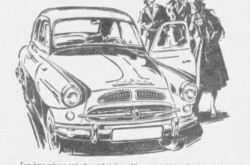
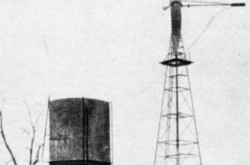
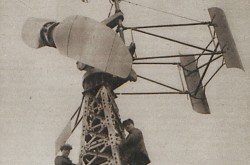
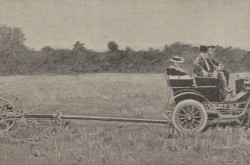
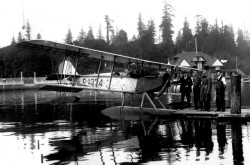
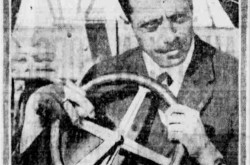
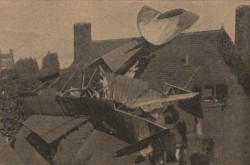
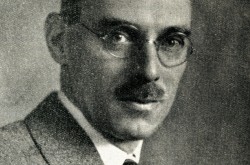

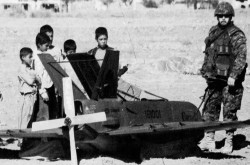
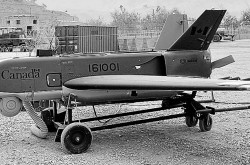
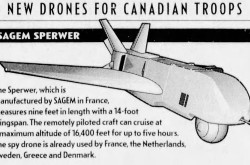


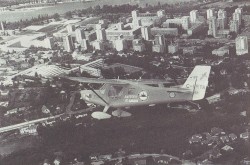
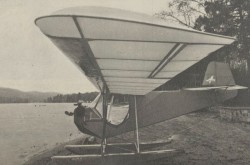
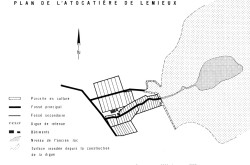

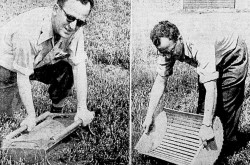

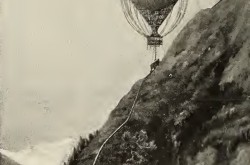


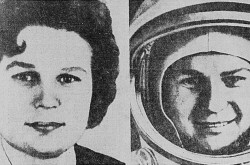
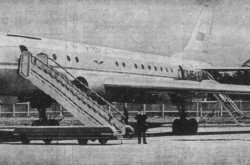
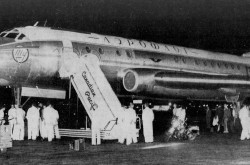
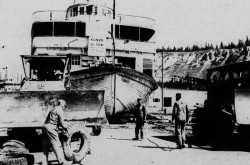
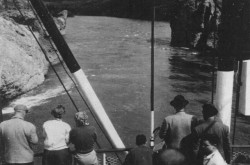
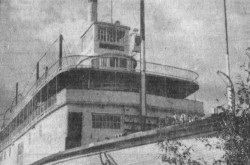


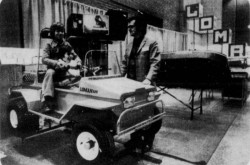
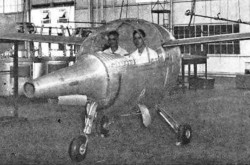



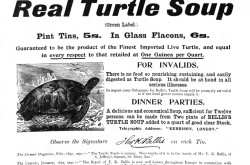
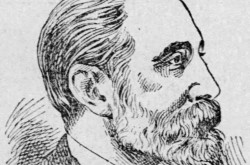
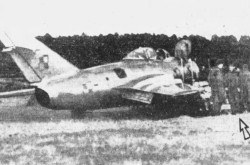
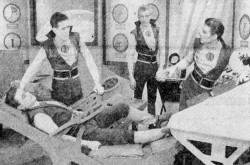
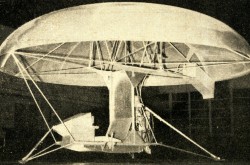
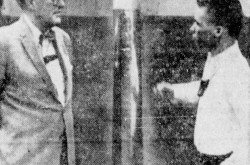
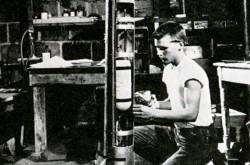
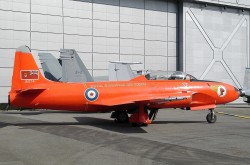
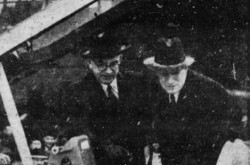
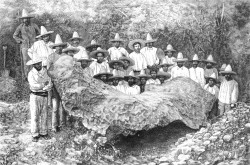
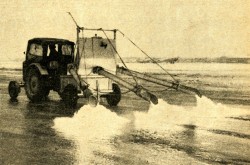
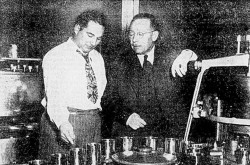
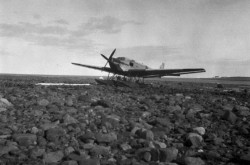
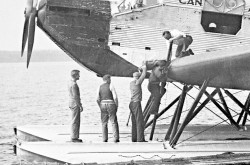
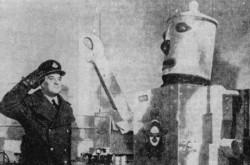
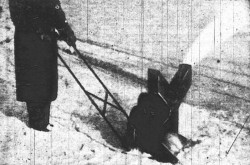
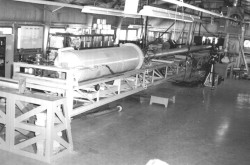

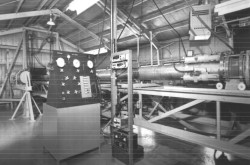



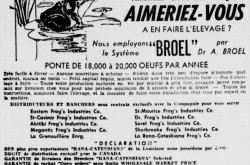
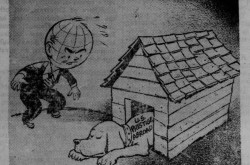
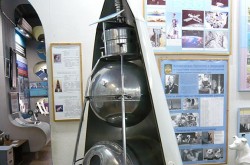

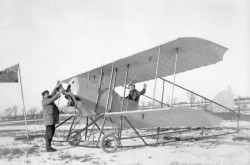
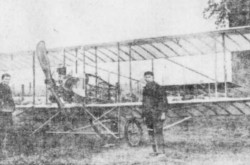
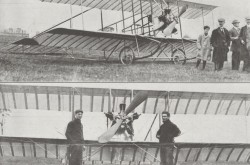
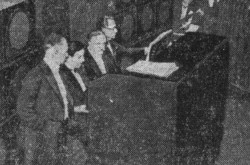

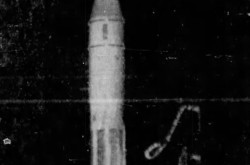
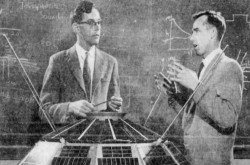
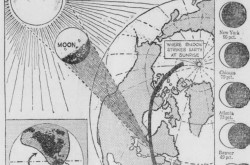
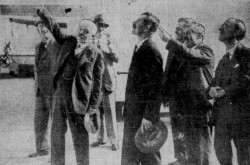


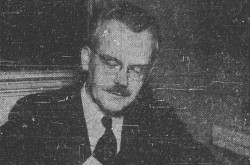
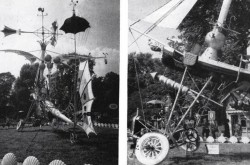

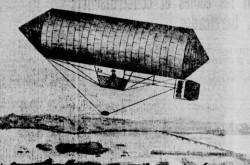

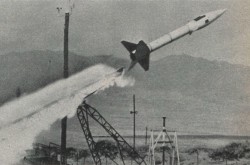
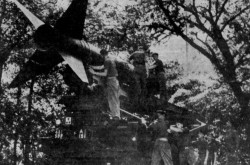

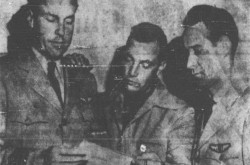
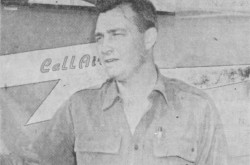


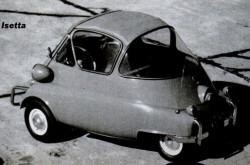
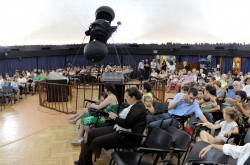



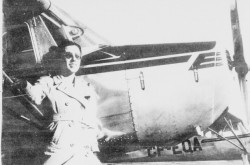
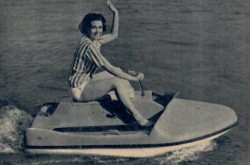



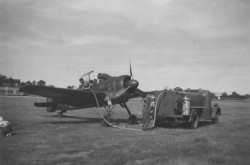
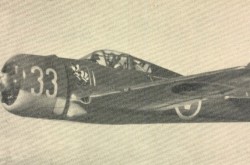
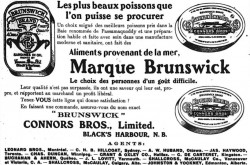
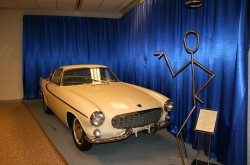
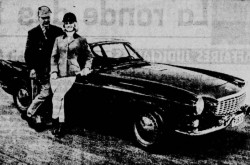

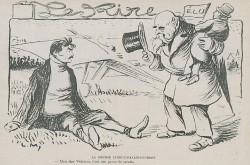
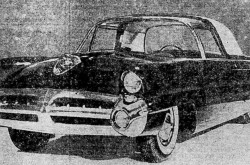
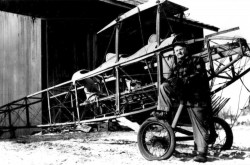




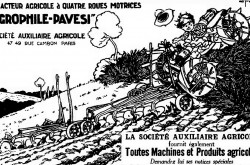
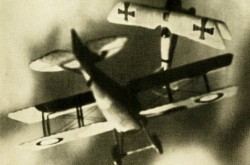


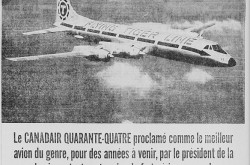

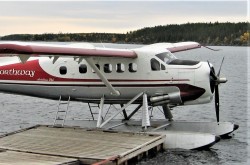
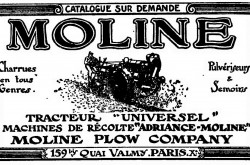
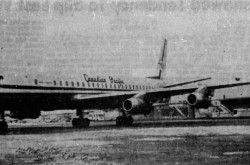
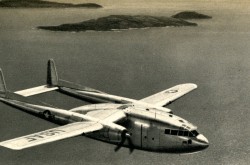
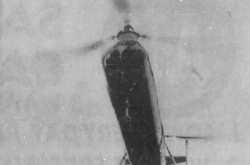
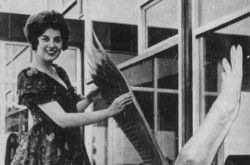
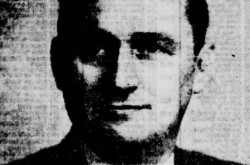
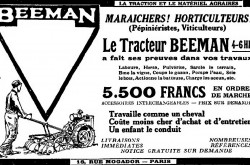
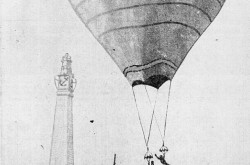
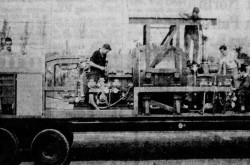

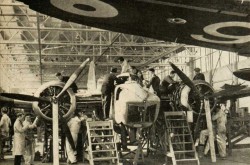
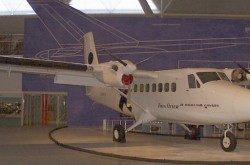
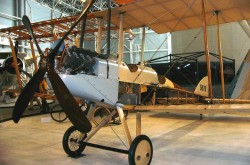
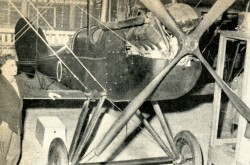
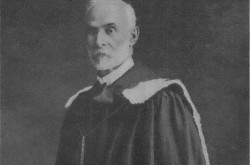
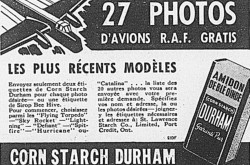
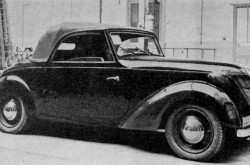
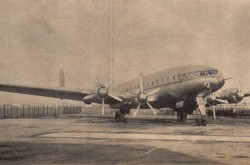
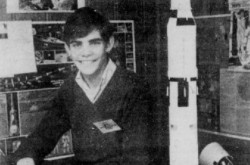

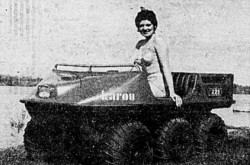

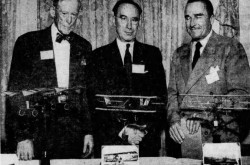

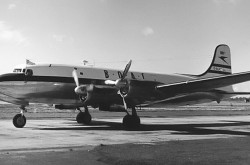
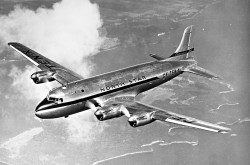
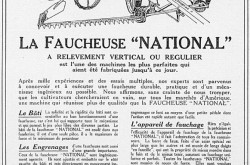
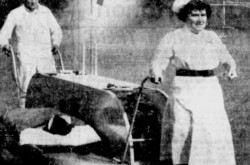

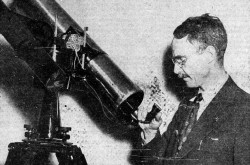
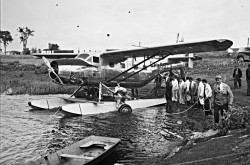
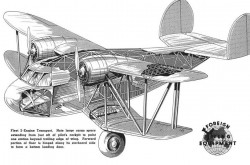
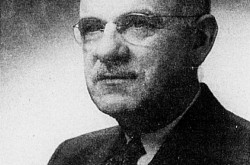
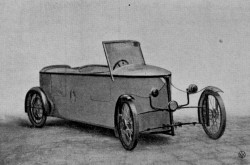
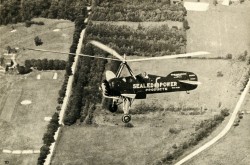
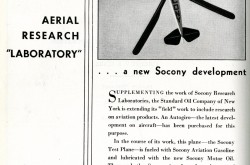

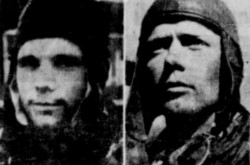

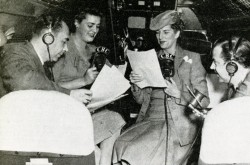
![Peter Müller at the controls [sic] of the Pedroplan, Berlin, Germany, March 1931. Anon., “Cologne contre Marseille – Le mystère du ‘Pédroplan.’ [sic]” Les Ailes, 2 April 1931, 14.](/sites/default/files/styles/thumbnail_7/public/2021-04/Les%20Ailes%202%20avril%201931%20version%20big.jpg?h=eafd0ed4&itok=WnBZ5gMf)
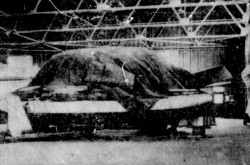

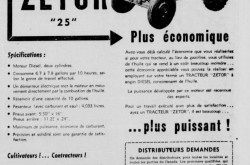
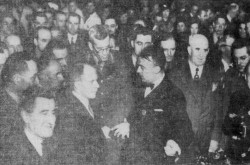

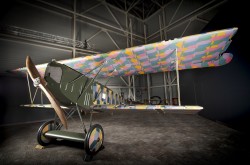
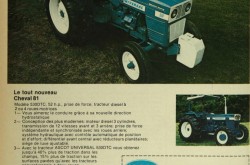

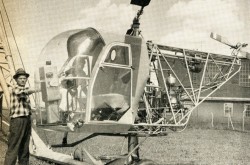
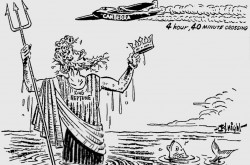
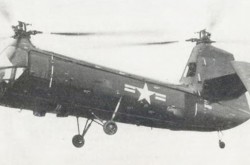
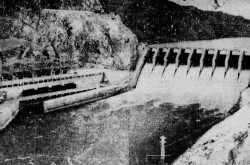
![One of the first de Havilland Canada Chipmunk imported to the United Kingdom. Anon., “De Havilland [Canada] DHC-1 ‘Chipmunk.’” Aviation Magazine, 1 January 1951, cover.](/sites/default/files/styles/thumbnail_7/public/2021-01/Aviation%20magazine%201er%20janvier%201951%20version%202.jpg?h=2f876e0f&itok=DM4JHe5C)
